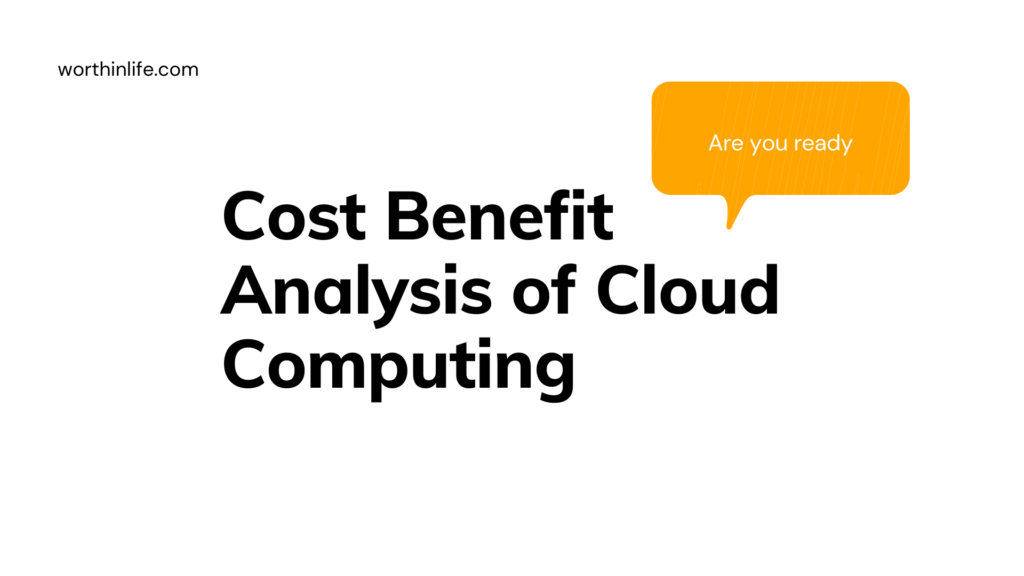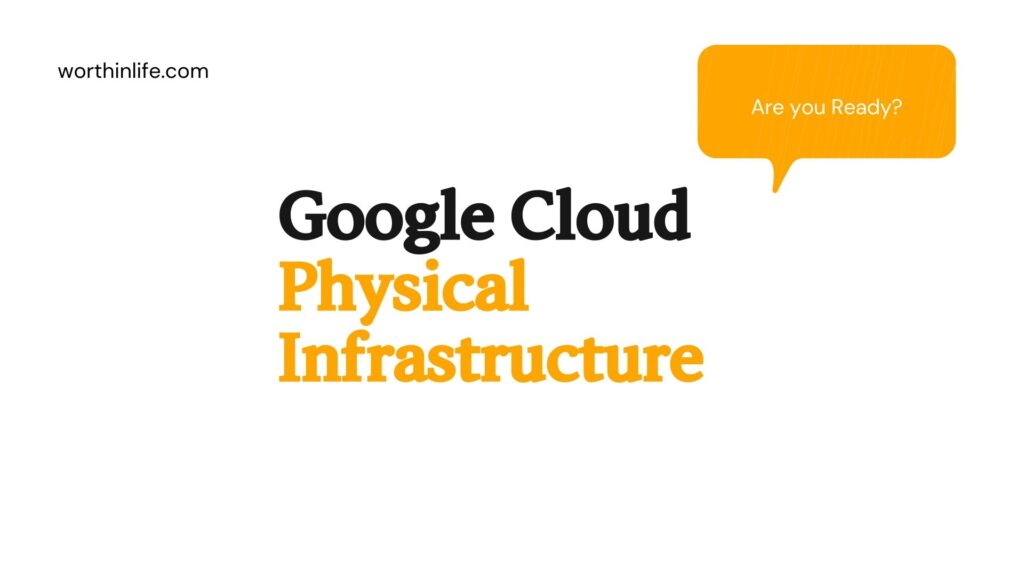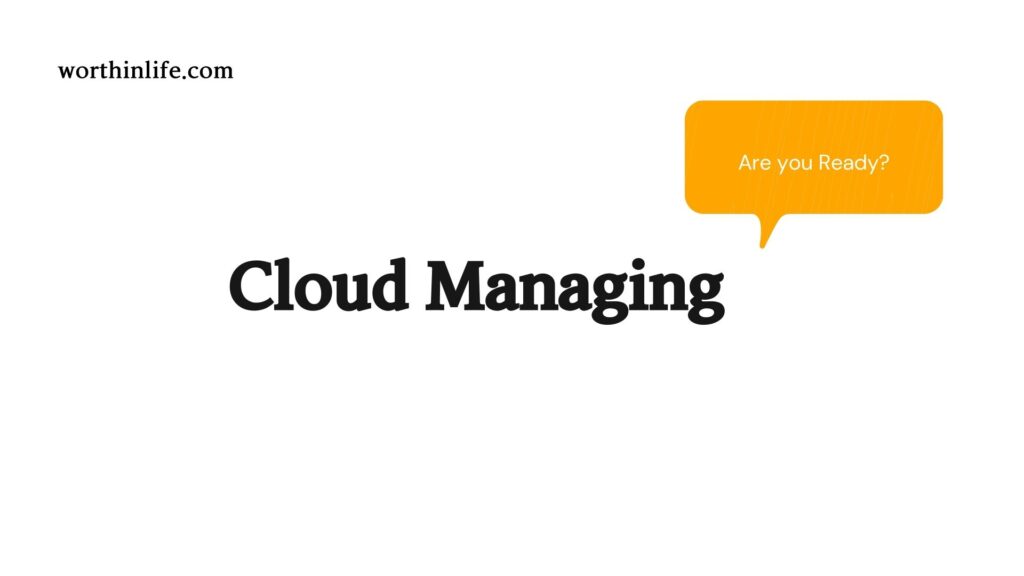Cost Benefit Analysis of Cloud Computing is often identified as a key driver for the adoption of cloud computing.
The challenge with decisions being made solely or exclusively on cost savings can come back to haunt the organization or entity that failed to take a risk-based view and factor in the relevant effects that may materialize.
Resource pooling
Resource sharing is essential to the attainment of significant cost savings when adopting a cloud computing strategy.
This is often coupled with pooled resources being used by different consumer groups at different times.
Cost Benefit Analysis Shift from CapEx to OpEx
The shift from capital expenditure (CapEx) to operational expenditure (OpEx) is seen as a key factor for many organizations as their requirement to make significant purchases of systems and resources is minimized.
Given the constant evolution of technology and computing power, memory, capabilities, and functionality, many traditional systems purchased lose value almost instantly.
Cost Benefit Analysis Factor in time and efficiencies
Given that organizations rarely acquire used technology or servers, almost all purchases are of new and recently developed technology.
But it’s not just technology investment savings.
Time and efficiencies achieved can be the greatest savings achieved when utilizing cloud computing.
Include depreciation
When you purchase a new car, the value deteriorates the moment you drive the car off the showroom floor.
The same applies to IT, only with newer and more desirable cars, technologies, and models being released every few months or years.
Using this analogy highlights why so many organizations are now opting to lease cloud services as opposed to constantly investing in technologies that become outdated in relatively short periods.
Reduction in maintenance and configuration time
Remember all those days, weeks, months, and years spent maintaining, operating, patching, updating, supporting, engineering, rebuilding, and generally making sure everything needed was done to the systems and applications required by the business users?
Well, given that the CSP now handles a large portion of those duties (if not all depending on which cloud service you are using)
The ability to free up, utilize, and reallocate resources to other technology or related tasks could prove to be invaluable.
The shift in focus
Technology and business personnel being able to focus on the key elements of their role, instead of the daily firefighting and responding to issues and technology components, comes as a welcome change to those professionals serious about their functions.
Utility costs
Outside of the technology and operational elements, from utilities, cost perspective, massive savings can be achieved with the reduced requirement for power, cooling, support agreements, data center space, racks, cabinets, and so on.
Large organizations that have migrated big portions of the data center components to cloud-based environments have reported tens of thousands to hundreds of thousands of indirect savings from the utility elements.
Green IT is very much at the fore of many global organizations, and cloud computing strongly plays toward that focus.
Software and licensing costs
Software and relevant licensing costs present a major cost-saving as well because you only pay for the licensing used versus the bulk or enterprise licensing levels of traditional non-cloud-based infrastructure models.
Pay per usage
As outlined by the CapEx versus OpEx discussion earlier in this section, cloud computing gives businesses a new and clear benefit: pay per usage.
In terms of traditional IT functions, when systems and infrastructure assets were acquired, they were seen as a “necessary or required spend” for the organization;
However, with cloud computing, they can now be monitored, categorized, and billed to specified functions or departments based on usage.
This is a significant win and driver for IT departments because it releases pressure to reduce spending and allows for billing of usage for relevant cost bases directly to those, as opposed to absorbing the costs themselves as a business requirement.
With departments and business units now able to track costs and usage, it’s easy to work out the amount of money spent versus the amount saved in traditional type computing. Sounds pretty straightforward, right?
Cost Benefit Analysis Other factors
What about new technologies, new or revised roles, legal costs, contract and SLA negotiations, additional governance requirements, training required, CSP interactions, and reporting?
All these may impact and alter the price you see versus the price you pay, otherwise known as the total cost of ownership (TCO).
Many organizations have not factored in such costs to date. As such, their view of Cost Benefit Analysis of Cloud Computing costs savings may be skewed or misguided somewhat.7.




